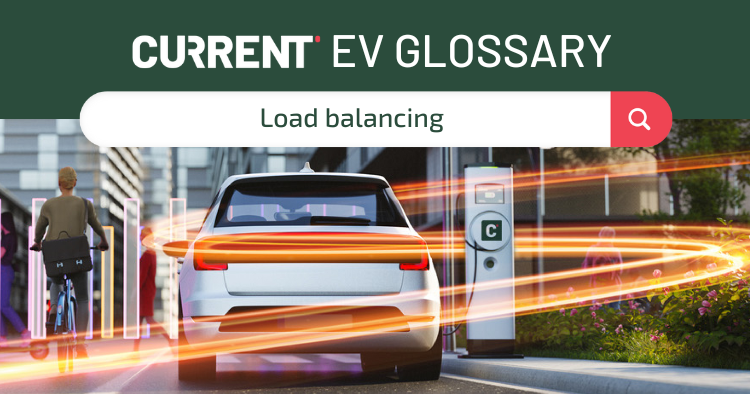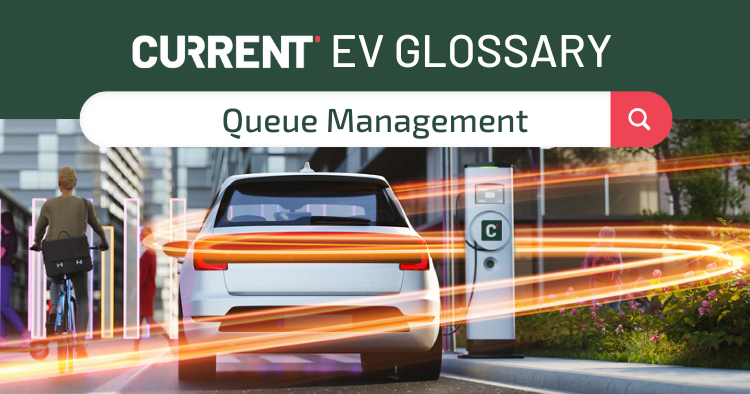Distribution System Operator
As the world continues to transition to cleaner and more sustainable sources of energy, the role of distribution system operators (DSOs) has become increasingly important. DSOs are responsible for managing and maintaining the distribution grid, which is a crucial component of the energy distribution system. In this article, we will explore what a distribution system operator is, how they make money, and why they are so important to the energy industry.
What is a distribution system operator?
A distribution system operator, also known as a DSO, is a company that is responsible for managing and maintaining the distribution grid. The distribution grid is the network of power lines and substations that delivers electricity from the transmission grid to homes, businesses, and other customers.
In many countries, the distribution grid is owned and operated by a separate company from the transmission grid. This is because the distribution grid operates at a lower voltage than the transmission grid and is designed to deliver electricity to end users, whereas the transmission grid is designed to transport electricity over long distances.
DSOs are responsible for ensuring that the distribution grid is reliable, efficient, and safe. This includes tasks such as:
- Maintaining and upgrading the distribution infrastructure, including power lines, substations, and transformers
- Responding to outages and other emergencies
- Monitoring the flow of electricity on the distribution grid to ensure that it is balanced and stable
- Managing the connection of new customers to the distribution grid
- Providing customer support and billing services
Energy distribution systems and the utility distribution system
The energy distribution system is a complex network of power generation, transmission, and distribution systems that work together to deliver electricity to end users. The utility distribution system is part of the energy distribution system that is responsible for delivering electricity to homes, businesses, and other customers.
The utility distribution system consists of the distribution grid, which is owned and operated by the DSO, and the customer's internal wiring and electrical equipment. The DSO is responsible for delivering electricity to the customer's meter, while the customer is responsible for maintaining their internal electrical system.
In some cases, the DSO may also be responsible for operating and maintaining other types of energy distribution systems, such as gas or water distribution systems.
DSO model and energy market
The DSO model varies depending on the country and the regulatory framework in place. In some cases, the DSO may be owned and operated by the same company that owns the transmission grid. In other cases, the DSO may be a separate company that is regulated by a government agency.
In many countries, the energy market has been deregulated, which means that multiple companies are allowed to compete in the generation and retail sale of electricity. However, the distribution grid is typically still owned and operated by a regulated monopoly, which is the DSO.
The role of the DSO is to ensure that all market participants have fair and equal access to the distribution grid. This includes managing the connection of new generators to the distribution grid, as well as facilitating the sale of electricity between generators, retailers, and end users.
How does a DSO make money?
DSOs typically make money through regulated tariffs, which are set by a government agency. The tariffs are designed to cover the DSO's costs of operating and maintaining the distribution grid, as well as providing a reasonable return on investment.
The tariffs are typically based on the DSO's costs, which include:
- Capital costs, such as the cost of building new infrastructure or upgrading existing infrastructure
- Operating costs, such as the cost of maintaining and repairing the distribution grid
- Depreciation, which is the cost of the DSO's existing infrastructure over time
- Return on investment, which is the profit that the DSO is allowed to earn
DSOs are required to submit their proposed tariffs to the regulatory agency for approval. The regulatory agency will review the proposed tariffs and make adjustments if necessary to ensure that they are fair and reasonable.
In some cases, the regulatory agency may also provide performance incentives to encourage DSOs to improve the reliability and efficiency of the distribution grid. These incentives may include rewards for reducing the number of outages or penalties for failing to meet certain performance standards.
What are the differences between DSO & DNO?
While the terms DSO and DNO are sometimes used interchangeably, there is a difference between the two. DNO stands for "distribution network operator," and refers to the company that is responsible for operating the high-voltage transmission network that delivers electricity from power stations to local substations. DSO, on the other hand, stands for "distribution system operator," and refers to the company that is responsible for operating the low-voltage distribution network that delivers electricity from local substations to homes and businesses. While both DNOs and DSOs play critical roles in the energy distribution system, they operate at different voltage levels and are subject to different regulatory frameworks.
Conclusion
In summary, distribution system operators play a critical role in the energy distribution system by managing and maintaining the distribution grid. They are responsible for ensuring that the distribution grid is reliable, efficient, and safe, and for providing customer support and billing services. DSOs make money through regulated tariffs, which are designed to cover their costs and provide a reasonable return on investment.
As the world continues to transition to cleaner and more sustainable sources of energy, the role of DSOs will become even more important. They will need to adapt to new technologies and business models, such as distributed energy resources and energy storage while continuing to provide reliable and efficient service to customers.
By working closely with regulators, policymakers, and other stakeholders, DSOs can help to create a more sustainable and resilient energy system that meets the needs of all stakeholders.
If you have more questions, please check out the rest of our glossary or get in touch.


